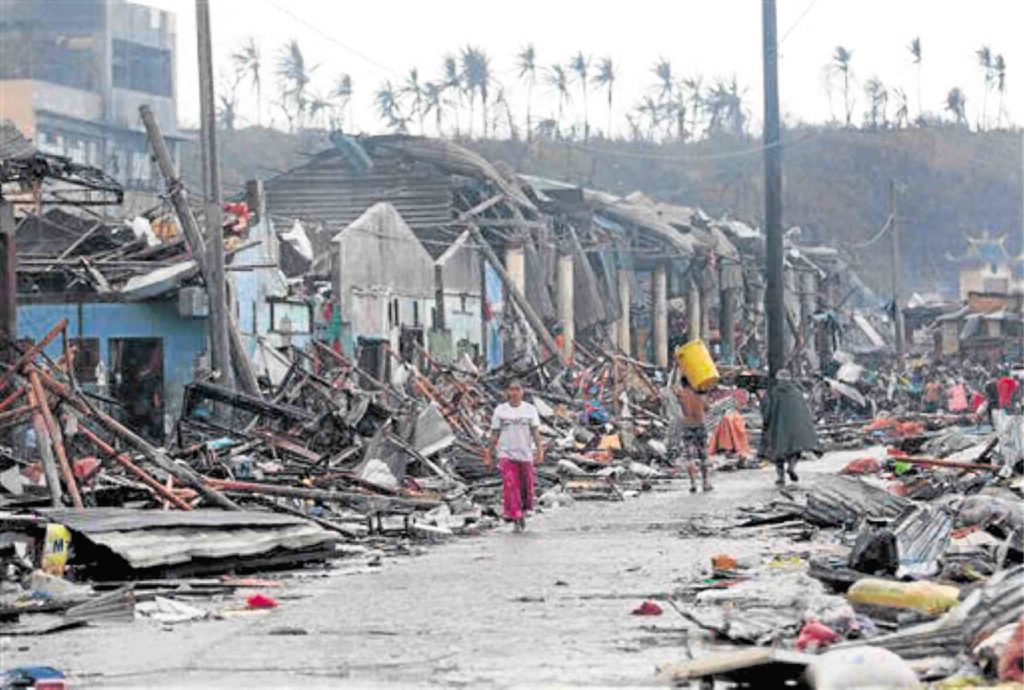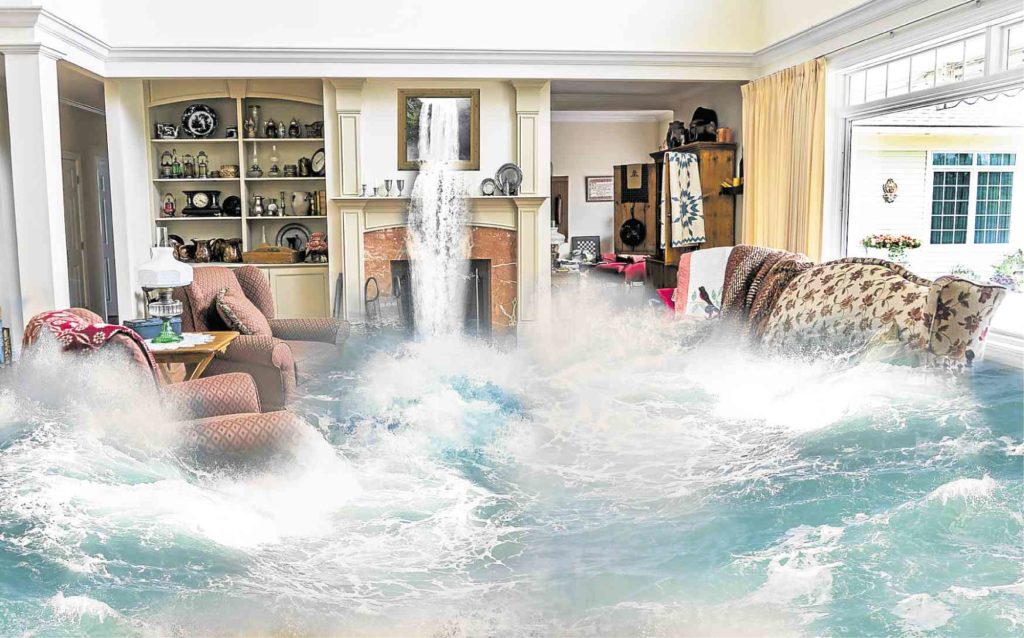A fortress during floods
Today we remember the victims and heroes of Typhoon Yolanda, which caused many deaths and losses in the Visayas in 2013.
Though the catastrophe revealed the resiliency and strength of Filipinos, many of us wish to never again experience the horror of floods.
Since the tragedy of Yolanda, local governments and communities have improved their flood preventive and responsive measures. But on the domestic level, there is no accurate way of telling if families are more prepared now.
If you live in a flood-prone area, how can you prepare and respond to the onslaught of typhoons? More specifically, how can you make your home a safe shelter and not a death trap in the event of a flood?
Passive home protection
Floods nowadays might be common, but that doesn’t mean they’re welcome to enter our homes. You can do many things to prevent flooding inside your house. The first one would be to survey your area and know how high floods can get to determine effective measures.
According to Hannah Cloke, an English flood defense expert, “It is all about slowing down the flow of water.”
Grassy areas around your house help minimize water run. Porous paving is an alternative option if you have limited space. This type of pavement allows water to seep through the soil. It also prevents your driveway from becoming slippery.
Raising floor levels is also a popular way to combat floods.
How high should one go to be safe? Living areas must be at least 50 cm high from the known flood level in the area (Architectural House Designs Australia). Floods higher than 50 cm can diminish the structural integrity of your house if they are kept out.
In a worst case scenario, your house can collapse if it experiences too much water pressure. Raise electrical outlets and switches too. The danger of electric shocks is a highly possible risk during floods.
You can also replace the materials of your home with more water-resistant items.
A PVC main door holds water out effectively compared to a wooden one. Plastic and stainless steel are easier to clean in the case of floods. Tiled floors resist water unlike carpeted ones. These items cannot prevent floods, but they survive the event of one. If aesthetics is an issue, go for the ones that simulate natural materials.
Post storm measures
If your home still gets flooded despite your best efforts, your actions right after the storm can still save it.
The first thing to do would be to call your insurance provider if you have one. Insurance would definitely help you rebuild your home in case of unexpected damage. Document the damage on your house with photos. This helps you with the claims.
To clean your house, remove all soggy furniture, clothes, and carpet and allow them to dry immediately. If you cannot remove your carpet, it would be wise to hire professionals who can. Moist fabric runs the risk of developing molds.
Check if electrical outlets, switches and appliances have been affected by the flood.
Do not attempt working with electricity on your own. Hire electricians to replace these if they are wet to prevent electrical shocks. Fortunately, wires are usually reusable even after exposure to water.
If you notice mold forming in your home, use gloves and respirator masks in handling affected items. If you can’t remove them by yourself, get someone who can. Molds can cause a variety of health effects even well after the storm.
Not fool-proof
Like many things in life, there is no fool-proof way of keeping the floods out from your home during a storm.
Moving away from flood-prone areas is an option of the desperate. For many who cannot transfer, preparation is the key to minimizing damages.
As we commemorate one of the worst tragedies to hit our nation, may we seek to do our part in minimizing the risks of future calamities. Though the government plays a big role in keeping our communities safe, we can do many things on our own to protect and save ourselves.
Overall, the best way to survive a flood is to keep a level head and hopeful attitude. Even if we cannot guarantee flood prevention, we can always learn from the past and improve on it.
Floods can wash away our homes and our possessions. As our experience with Yolanda tells us, however, it cannot wash away our spirits.
(Sources: www.architecturalhousedesignaustralia.com.au; www.theguardian.com; www.chron.com)
The author is a licensed architect who studied abroad and currently works for the firm DSFN Architects. Paranoid of flash floods, she keeps a rain coat and a pair of boots under her work desk at all times.





